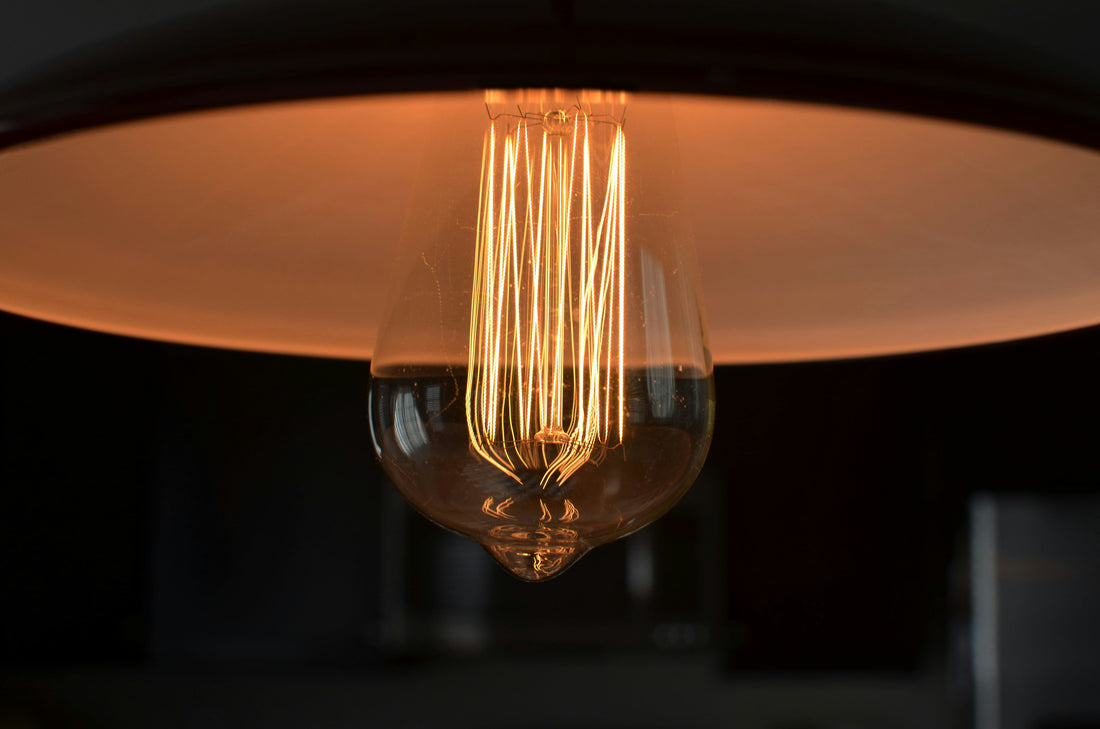
The transition from traditional bulbs to LED lights marks a significant shift in home and commercial lighting practices. This comparison highlights the key differences, benefits, and savings associated with LED lights over their traditional counterparts, helping you make an informed decision for your lighting needs.
Introduction to Lighting Options

Lighting technology has evolved, offering various options for consumers. Traditional incandescent bulbs have been the standard for many years, but LED (Light Emitting Diode) technology has surged in popularity due to its efficiency and longevity. Understanding the distinctions between these options is crucial for both environmental impact and cost savings.
Efficiency and Energy Use
- LED Lights: LEDs are highly efficient, converting up to 80% of their energy into light. This efficiency means less energy waste and lower utility bills.
- Traditional Bulbs: Traditional incandescent bulbs convert only about 20% of their energy into light, with the remaining 80% lost as heat. This inefficiency leads to higher energy consumption and costs.
Lifespan
- LED Lights: LED bulbs have a remarkable lifespan, often lasting up to 25,000 hours or more. This durability reduces the need for frequent replacements.
- Traditional Bulbs: Incandescent bulbs have a much shorter lifespan, typically around 1,000 hours. This means you'll need to replace them more often, contributing to higher long-term costs and waste.
Cost Savings
- LED Lights: Although the initial purchase price of LED bulbs is higher than traditional bulbs, the long-term savings are substantial. Reduced energy consumption and fewer replacements lead to significant savings over time.
- Traditional Bulbs: The lower upfront cost of incandescent bulbs can be appealing, but their inefficiency and short lifespan result in higher overall costs through increased energy bills and replacement expenses.
Environmental Impact
- LED Lights: LEDs have a smaller environmental footprint. Their energy efficiency and longer lifespan mean reduced carbon emissions and less waste in landfills.
- Traditional Bulbs: Incandescent bulbs contribute to higher energy consumption and carbon dioxide emissions. Additionally, their frequent replacements lead to more waste.
Light Quality and Versatility
- LED Lights: LED technology offers a wide range of colors and brightness levels, providing flexibility for various applications. Dimmable options and compatibility with smart home systems further enhance their appeal.
- Traditional Bulbs: While incandescent bulbs are known for their warm light, they lack the versatility of LEDs. Their light cannot be as easily customized, and they are typically not compatible with modern dimming and smart systems.
Heat Emission
- LED Lights: LEDs emit very little heat, making them safer to use and reducing the risk of overheating in confined spaces.
- Traditional Bulbs: Incandescent bulbs release a significant amount of heat, which can increase cooling costs in warm climates and poses a higher risk of heat-related accidents.
Conclusion
The comparison between LED lights and traditional bulbs clearly demonstrates the advantages of LEDs in terms of efficiency, lifespan, cost savings, environmental impact, light quality, and safety.
Transitioning to LED lighting is a smart choice for those looking to reduce their energy consumption, save money, and minimize their environmental footprint. As technology advances, the benefits of LED lighting continue to outshine traditional lighting options, making LEDs the preferred choice for modern, energy-conscious consumers.








